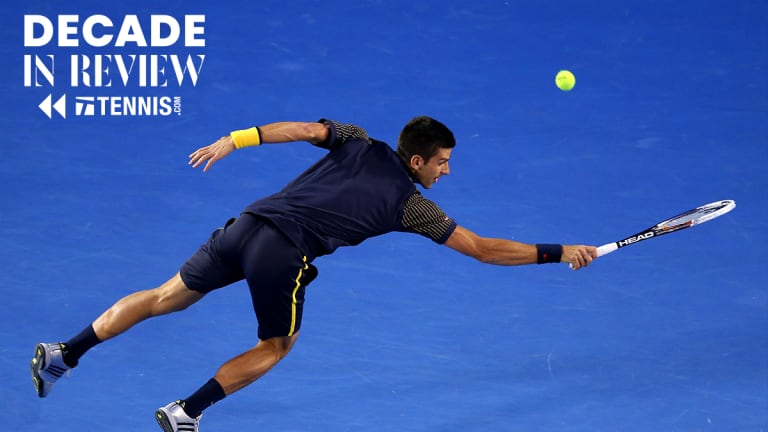Men's Match of Decade No. 3: Djokovic d. Wawrinka, 2013 Aussie Open
By Dec 04, 2019ATP Challenger Naples, Italy
Stan Wawrinka turns 40 and ends Coric’s ATP Challenger streak
By Mar 28, 2025Social
Toni Nadal calls out ‘not-so-clean players’ for taking shots at Jannik Sinner
By Feb 27, 2025Anti-Doping & Corruption
Bodo: Justice has been done in Jannik Sinner's doping case
By Feb 18, 2025Social
Jannik Sinner’s deal with WADA to accept three-month ban criticized by Nick Kyrgios as 'sad day for tennis'
By Feb 15, 2025Australian Open
Henry Bernet, Australian Open junior champion, takes inspiration from fellow countrymen Roger Federer and Stan Wawrinka
By Jan 25, 2025Australian Open
2014 champion Stan Wawrinka leads initial wild cards for 2025 Australian Open
By Dec 13, 2024Social
Stefanos Tsitsipas says two-week Masters 1000s are 'a drag'—but Stan Wawrinka remembers when he said otherwise
By Nov 07, 2024ATP Basel, Switzerland
Ben Shelton solves home favorite Stan Wawrinka in Basel, top seed Rublev looms
By Oct 24, 2024ATP Basel, Switzerland
Stan Wawrinka outlasts Adrian Mannarino at Swiss Indoors, Andrey Rublev advances
By Oct 23, 2024Men's Match of Decade No. 3: Djokovic d. Wawrinka, 2013 Aussie Open
In their fourth-round clash, the Serbian, who won, 1–6, 7–5, 6–4, 6–7 (5), 12–10, and the Swiss one-upped each other—a spectacular shot from one was followed by something better from the other.
Published Dec 04, 2019
Advertising

Men's Match of Decade No. 3: Djokovic d. Wawrinka, 2013 Aussie Open